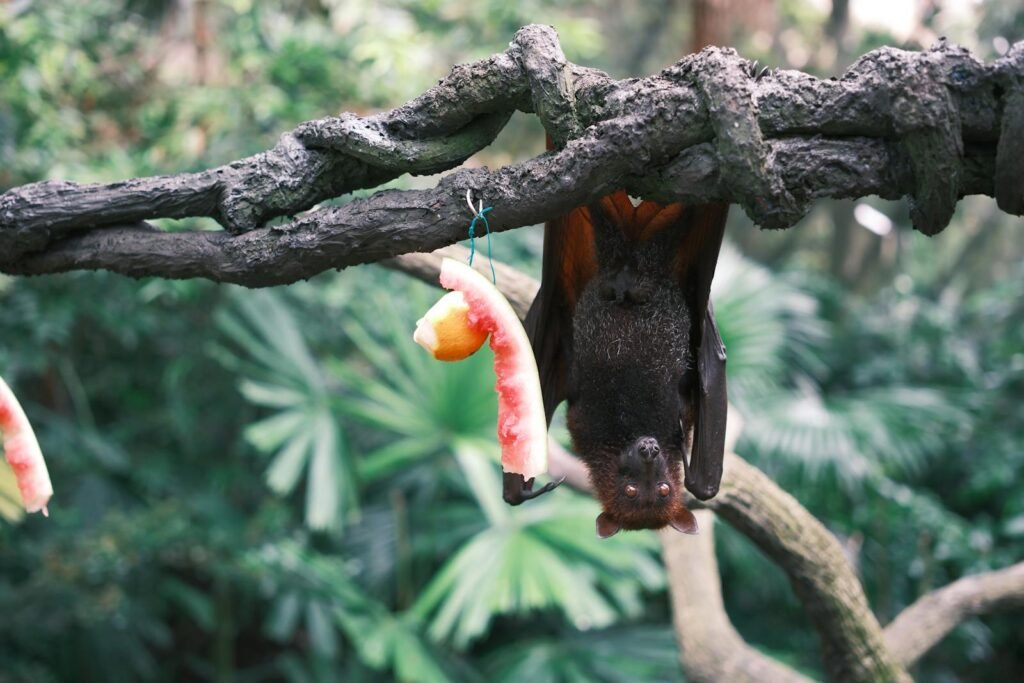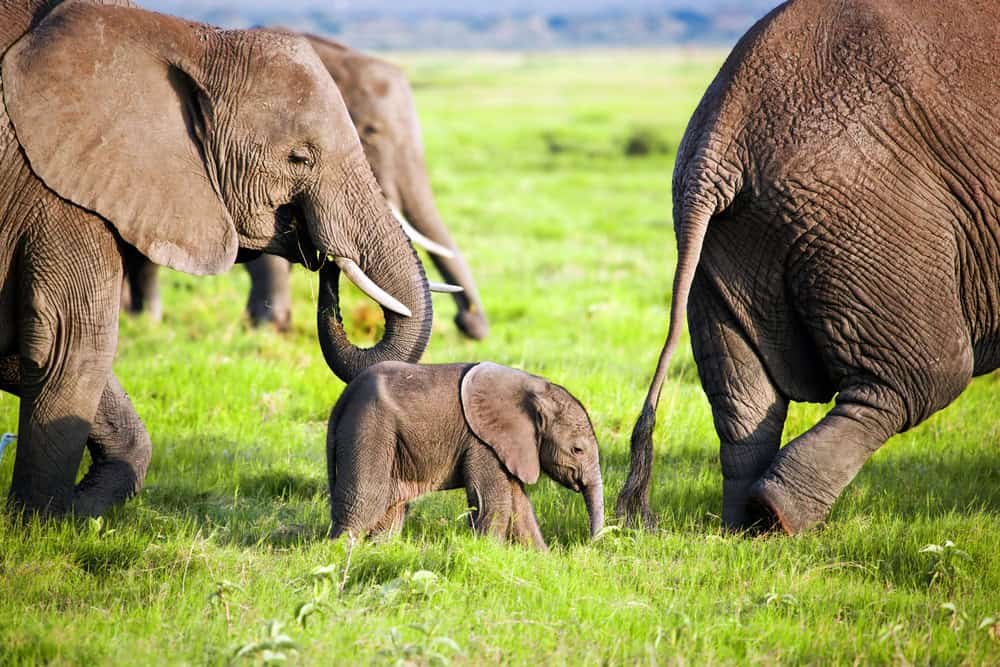Wild animals are vital to maintaining ecological balance and provide crucial insights into infectious diseases. By studying wildlife, scientists gain an understanding of how diseases originate, spread, and affect human populations. While some species act as reservoirs for zoonotic diseases, they also offer invaluable information for preventing and managing outbreaks, highlighting the interconnectedness of ecosystems and human health.
The Role of Wildlife in Disease Emergence

Many infectious diseases that affect humans have their origins in wild animals. For instance, fruit bats are natural hosts for the Ebola virus, while the origins of HIV are traced to chimpanzees. Wildlife often serves as reservoirs for pathogens due to their biological diversity and proximity to various other species, enabling pathogens to adapt and evolve. This process, known as zoonosis, occurs when a pathogen crosses from animals to humans, often triggered by changes in human-wildlife interactions. Understanding these origins allows researchers to predict, prevent, and manage future disease outbreaks more effectively.
Transmission Pathways from Animals to Humans

Pathogens can spread from wildlife to humans through direct or indirect contact. Direct transmission might occur through bites, scratches, or exposure to bodily fluids of infected animals. Indirect transmission is more common and includes consuming contaminated food, water, or meat, or encountering vectors such as ticks, mosquitoes, or fleas that carry diseases. Human activities, such as deforestation, urbanization, and the expansion of agricultural practices, often increase contact with wildlife, amplifying the risk of zoonotic diseases. High-risk interfaces, like wet markets or habitat encroachment, further facilitate the spread of pathogens across species.
Wildlife Behavior and Disease Spread

The behavior and social structures of wildlife play a significant role in how diseases spread. Animals that live in dense colonies or social groups, such as bats, primates, or rodents, are more likely to share and transmit pathogens within their populations. Activities like communal roosting, mating, and feeding create conditions for diseases to thrive. Additionally, species that migrate or cover large geographic ranges can carry pathogens across vast distances, potentially introducing them to new ecosystems or human populations. By studying these behaviors, scientists can better assess risks and implement targeted disease prevention strategies.
Ecosystem Health and Disease Outbreaks

Healthy ecosystems regulate pathogens through natural processes like predation, competition, and biodiversity, which limit disease outbreaks. However, when ecosystems are disrupted—due to deforestation, pollution, or climate change—this balance is compromised, creating opportunities for pathogens to proliferate and spread. For example, the loss of predators or habitat changes can increase the population of disease-carrying species, like rodents or insects, which may serve as vectors for zoonotic diseases. Protecting and restoring ecosystems, therefore, is critical not only for conservation but also for reducing the likelihood of infectious disease emergence.
Lessons in Disease Resistance

Wild animals often exhibit remarkable immune adaptations, providing scientists with models for understanding disease resistance and tolerance. Bats, for instance, harbor a wide array of viruses, including coronaviruses, without becoming ill. Their unique immune systems balance inflammation and antiviral responses, offering insights into how humans might combat similar diseases. Studying these adaptations could lead to advances in vaccine development, immune therapies, and new approaches to mitigating the impacts of infectious diseases on human populations.
The Conservation Connection

Conservation efforts play a pivotal role in reducing the risk of zoonotic disease outbreaks. By protecting wildlife and preserving their habitats, we minimize human-wildlife contact and reduce stressors that drive pathogen spillover. Conservation also supports biodiversity, which acts as a natural barrier to disease transmission by diluting the concentration of hosts that pathogens rely on. Policies promoting sustainable land use, wildlife protection, and ecosystem restoration contribute to both environmental and public health, emphasizing the mutual benefits of conservation for humans and the natural world.
Conclusion: Bridging Wildlife and Human Health

Wild animals hold invaluable lessons about the origins, transmission, and resistance mechanisms of infectious diseases. Addressing the challenges of disease emergence requires a multidisciplinary approach that combines ecology, virology, conservation, and public health. By studying wildlife, protecting ecosystems, and fostering sustainable coexistence, we can mitigate future outbreaks while safeguarding global health. Recognizing the interconnectedness of humans and wildlife encourages proactive solutions that benefit both our species and the planet as a whole.




